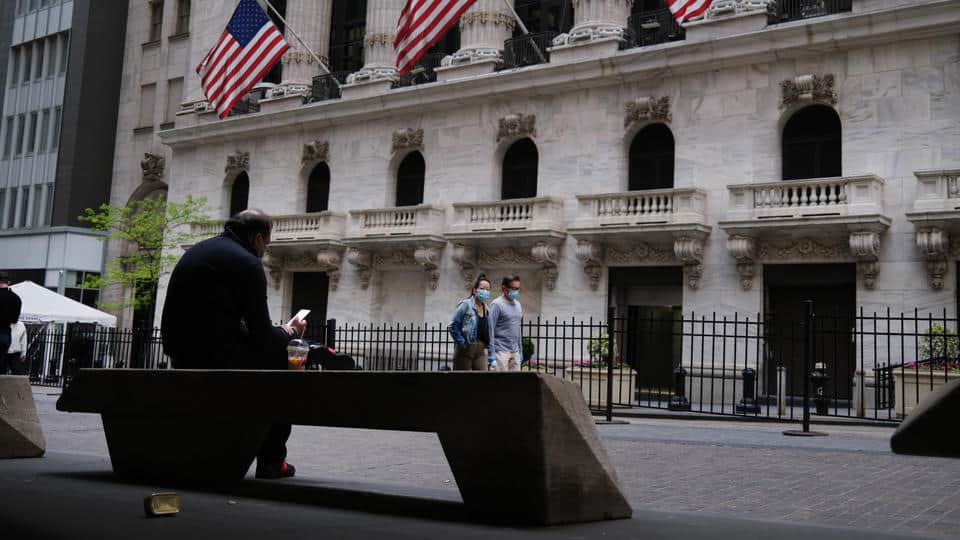Traders could be in for a wild ride Friday because of a couple technical factors. The S&P 500 will have its first rebalancing of the year at Friday’s close, more than three months after the market’s wild swings forced S&P Dow Jones Indices to delay this traditional quarterly event.
Index rebalancing has often been associated with an uptick in market volatility as index and exchange-traded funds tracking the S&P 500 have to adjust. S&P Dow Jones estimates that more than $11.2 trillion in assets are indexed or benchmarked to the S&P 500.
Volatility could also be heightened Friday by quadruple witching — which refers to the expiration of single-stock futures, stock index options, stock futures and single-stock options. Roughly $1.8 trillion in S&P 500 options are set to expire Friday, according to Goldman Sachs. That would be the third-biggest non-December expiration on record.
So far on Friday, the market was cruising higher with the S&P 500 up about 1%. But traders will be on watch for more volatility as the day continues. The rebalance will have an outsized effect on some stocks. Utilities were set to have their share of the index increase by 1.18%, the most out of any sector, according to data compiled by S&P Dow Jones Indices through the close of June 12. Financials, meanwhile, could lose 2.09% of their S&P 500 index share, the most by any sector.
“The current change period therefore is for two quarters, and may be disproportionate with the referenced historical quarterly changes,” said Howard Silverblatt, senior index analyst at S&P Dow Jones Indices, in an email.
This rebalancing, Silverblatt estimates, could force indexers to trade $48 billion before Friday’s close, which would be up from $29.5 billion in the fourth quarter of 2019 and up from $24.3 billion in the year-earlier period.
Global stock markets were sent into a tailspin earlier this year as the coronavirus pandemic forced the world economy to shut down. At one point, the S&P 500 was down as much as 35.4% from an all-time high reached Feb. 19. This forced S&P Dow Jones to postpone its first-quarter rebalancing of the S&P 500, which was scheduled for March 23.
The S&P 500 has ripped more than 42% higher since hitting its late-March lows amid expectations that the global economy will quickly recover from the pandemic. However, some parts of the market — including financials — are still deep in the red for 2020.
Financials, one of the biggest S&P 500 sectors by market weight before the pandemic, have plunged more than 21% this year. Of the 66 stocks that make up the sector, just 11 are up for 2020. Utilities have weathered this market volatility better than financials, but are still down more than 9% as a sector.
“The S&P committee, typically dedicated to very low-turnover rebalances, will be left with the dilemma of whether to consider the recent disruptions resulting from the pandemic as longterm and whether to honor them in part or in whole,” strategists at Parametric Portfolio Associates said in a post this week. “The committee exercises some judgment here, since they don’t automatically eliminate companies that fall below stated cap thresholds.”

